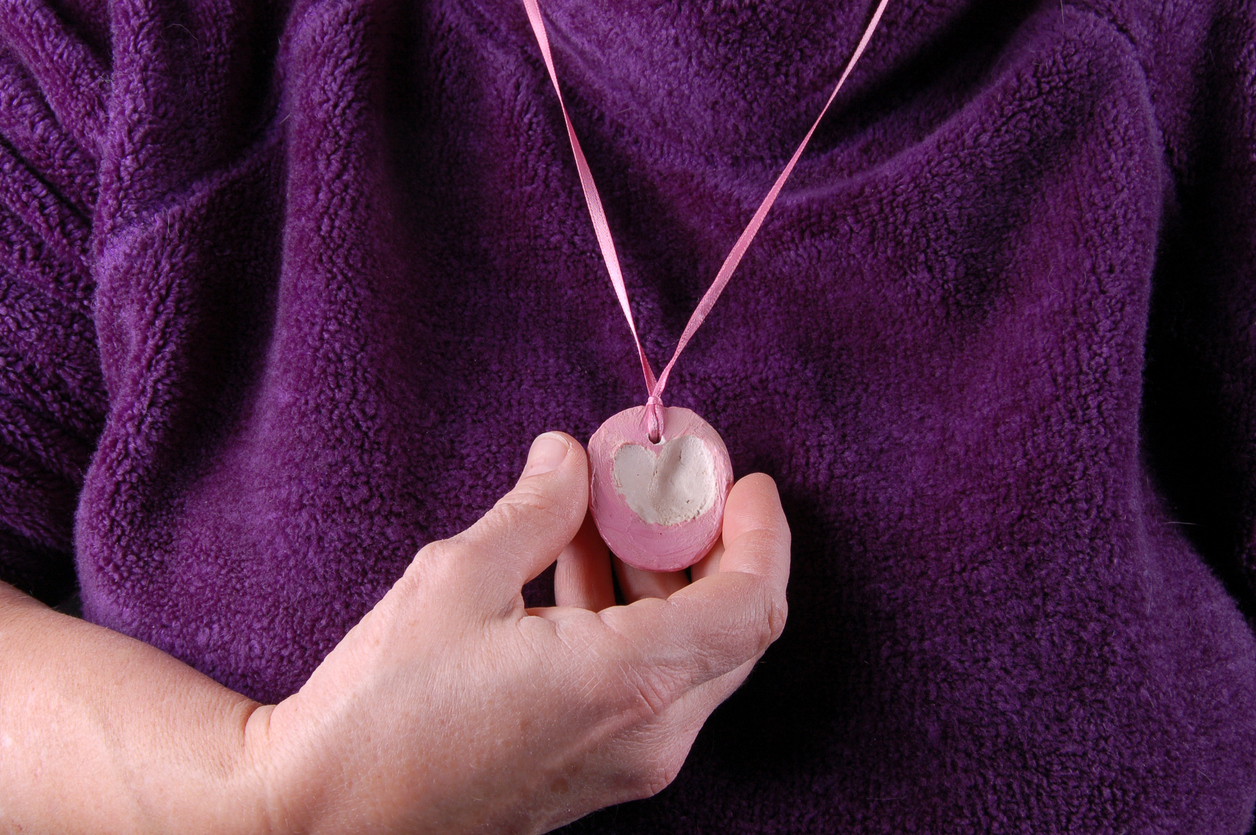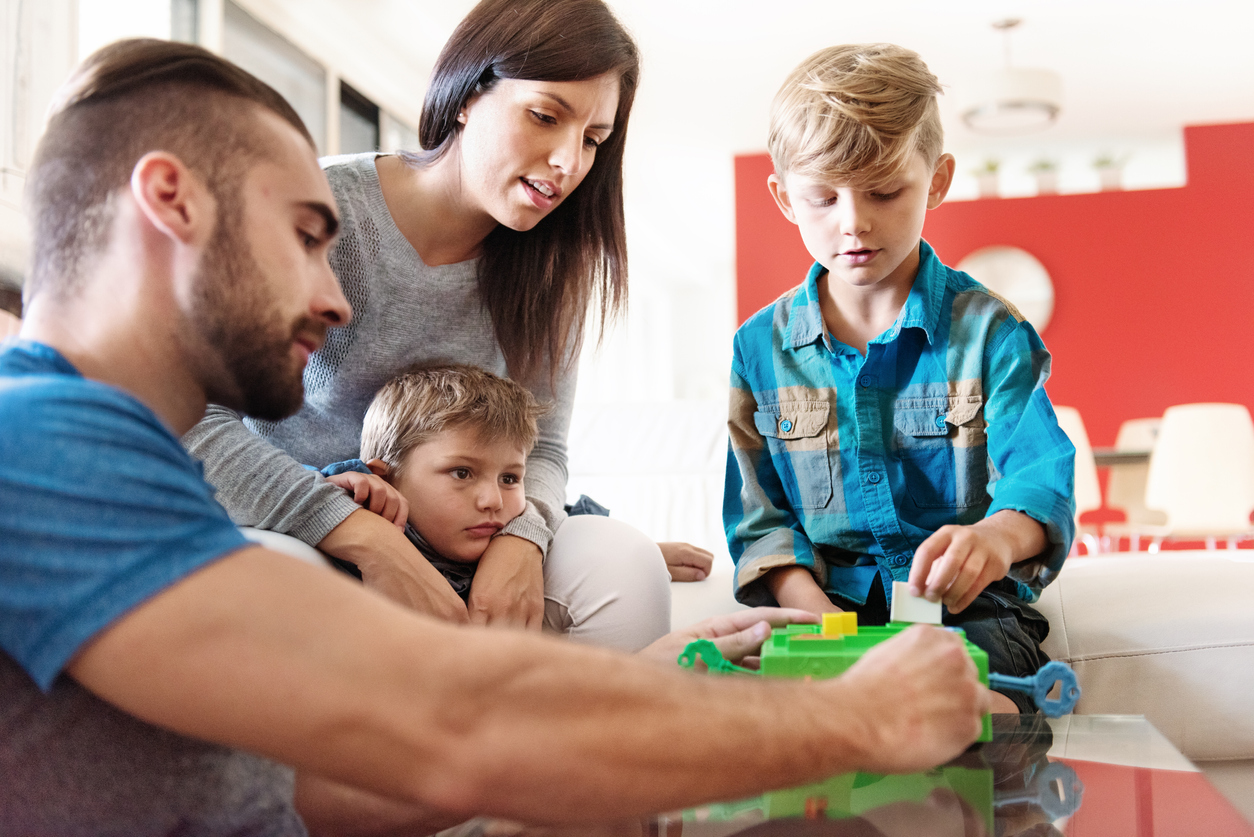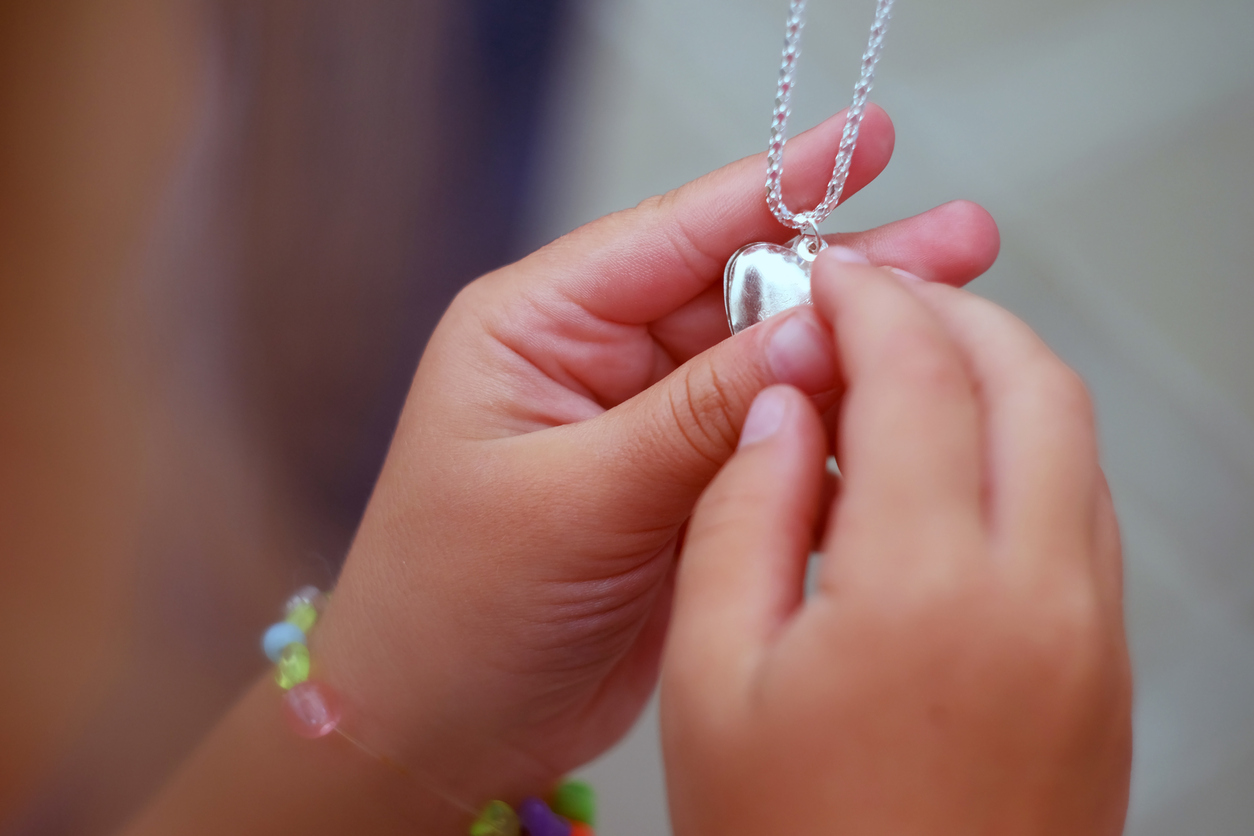Your child will forever impact you, in too many ways to count. The keepsakes that you collect throughout their life, from handprint art to favorite photos, are yet another way to celebrate that connection.
If your child is seriously ill or at the end of life, these keepsakes — also known as legacy-making activities — take on a special meaning. In addition to cherishing the time you have now with your child, they’re a way to keep your child close for all the days to come.
“Your child will never be forgotten. They are so important to your family and friends and all of us on their care team,” says Stephanie Kilday, a child life specialist for HopeHealth’s PediPal program and Pediatric Supportive Services. “Legacy items create another way for that child to still be a part of all our lives.”
How to create tangible keepsakes when a child is on pediatric hospice
Creating keepsakes of your child can be an emotional process. Some families want to do these activities on their own. Others reach out to their child’s palliative care or pediatric hospice team. Our social workers, chaplains and child life specialists are here to help.
- Fingerprints, handprints and footprints: Use paint, ink, model magic or clay, and keep baby wipes handy for clean-up. Or, for zero mess, use an inkless handprint pad.
- Fingerprint jewelry and more: Turn your child’s prints into a personalized piece of jewelry or artwork, using your own creative skills or with the help of a creator on a service like Etsy. For example, your child’s fingerprint can become a pendant, a necklace, a keychain, or an ornament.
- Locks of hair: Tie a rubber band around a favorite curl, cowlick or lock of your child’s hair, then cut it to save. Add a ribbon or choose a rubber band in your child’s favorite color. Gently wrap the lock of hair in acid-free tissue paper, and store it in a small plastic or glass container with a tight-fitting lid.
- Pillows and textiles from favorite clothing: Hand-sew or use a sewing machine to create a pillow out of one of your child’s favorite T-shirts or clothing items. If you’re more experienced or have skilled family members, create a quilt out of multiple clothing items.
- Handprint or fingerprint tree: Trace your child’s hand onto a piece of paper: this is the tree trunk and branches. Have family members and friends add their fingerprints as the leaves of the tree. “This is a wonderful way to symbolize your child’s impact on everyone’s life,” says Stephanie.
- Photo frames: This activity tends to be a favorite for kids, so consider getting your child’s siblings, cousins and friends involved. Hand out plain frames and provide art supplies like markers, puff paints and stickers. Encourage kids to get creative to decorate their frame, then add a favorite picture with your child.
- Memory box: This is another activity that’s meaningful for every age, including siblings. Use shoeboxes or buy plain memory boxes from a craft store. Have each family member decorate their own box, and fill it with things that remind them of their special relationship with your child.

If your child is able to participate, find ways to make the experience enjoyable for them.
“Play is the work of a child. All of these activities are play,” says Stephanie. “That’s such a normal part of childhood that we’re bringing to illness or end of life. Put on your child’s favorite music, and talk about funny memories or stories. Or just put on their favorite show while they do the activity.”
> Related: “Saying yes to pediatric hospice changed our lives”: Rogan’s story
How to honor the intangible keepsakes you’ve already created
Physical keepsakes are just one piece of legacy-making. By simply loving and cherishing your child, you’re already rich with the keepsakes that matter most of all.
Intangible keepsakes are the memories and traditions you hold in your heart, rather than in your hands. They can include your child’s:
- Favorite things: Music, books, shows, characters, foods, sports teams, places
- Hobbies and traditions: The things they loved to do, and the people they loved to do them with
- Unique personality: Cherished stories about your child’s memorable moments and conversations, including their impact on others
These memories are always available to you as a source of comfort and connection.
For example, “Maybe your child loved the Red Sox, so you think about them every time the Red Sox play,” says Stephanie. “There are so many parts of their life that mean so much.”
> Related: 5 benefits of adding pediatric hospice when your child is seriously ill

When to ask your child’s pediatric hospice team for help with legacy-making
If your child is receiving palliative care or pediatric hospice care, your family can lean on the support of chaplains, social workers and child life specialists like Stephanie.
Any of these team members are available to talk about the many intangible keepsakes that you already carry with you. If you want, they can also help you create tangible keepsakes. For example, if you’d like to have your child’s handprint to keep, but don’t feel comfortable getting the print, they’re there to take over.
“It can be really emotional getting these items,” says Stephanie. “You can trust that we’re going to treat your child with the utmost respect, as the unique, wonderful person they are.”

